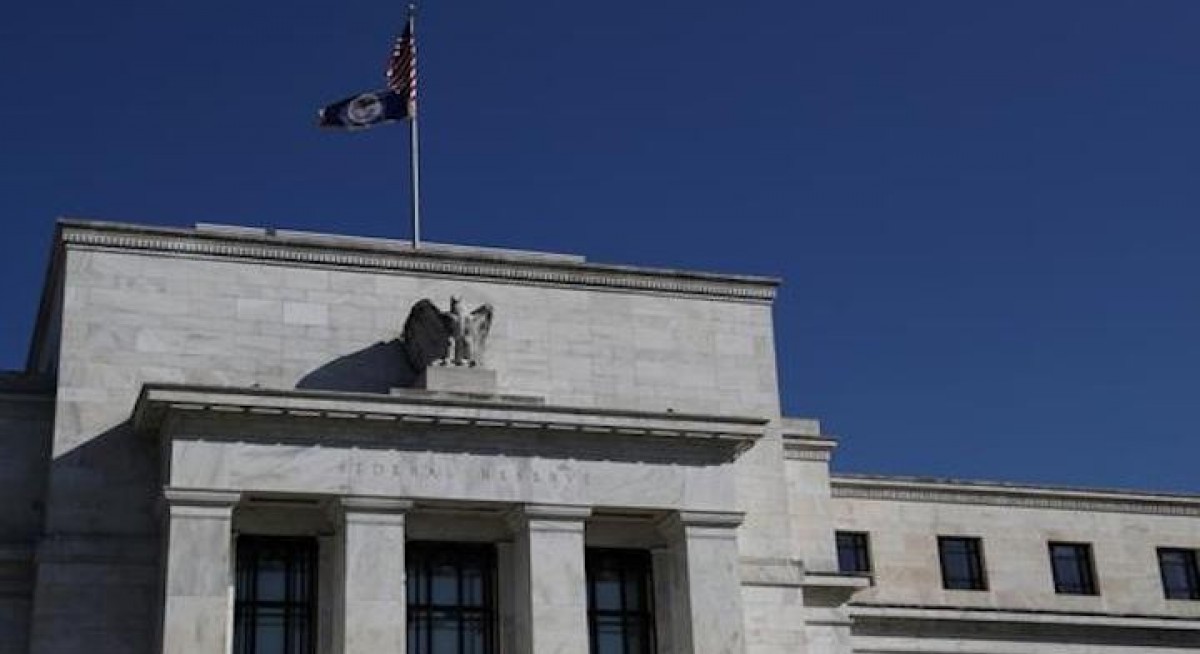Against this backdrop, markets are awaiting July’s US consumer price index (CPI) and retail sales data this week. Consensus forecasts point to core CPI rising 0.3% month-on-month from 0.2% in June, with tariffs expected to play a larger role in the increase. “The lower effective tariff collection rate of about 10% in July versus the statutory rate of closer to 14% contributes to high uncertainty about just how much of the tariffs are being passed through to consumers,” say Nayar and Farris. “We think the market reaction to the CPI is probably skewed in favour of Fed rate cuts. A lower-than-expected CPI should increase market pricing for cuts in September and year-end as it reduces the ostensible need for Fed caution about inflation. A higher-than-expected CPI print might cut pricing of a September cut but is likely to leave year-end pricing less affected, because how the unemployment rate changes over the next few months will be the ultimate driver of Fed policy.”
Retail sales are also seen as a potential signal for labour market health. Consensus expects July “control group” core retail sales to rise 0.4% from 0.5% in June. “A weaker than consensus print would probably signal rising distress among households, increasing the likelihood of the Fed cutting in September,” say Nayar and Farris.
They caution, however, that July and even August data may not yet reflect the full tariff impact. “Implementation delays, temporary exemptions, and still somewhat low collection efficiency meant that US Treasury tariff collections through July amounted to a ytd increase of roughly US$70 billion or about 0.4% of year to date GDP, well below what the statutory rate suggested they should be,” they note.
The y-o-y increase in tariffs in July alone annualises to 0.8% of GDP, but this still understates the likely eventual effect. “As exemptions wane and the new, higher tariff rates from recent trade deals take effect, the effective tariff rate should rise to about 17% or a tax increase of over 1.4% of GDP. We expect this larger impact to become more apparent only in late Q4 this year,” say Nayar and Farris.
See also: Asian stocks set to ebb as global equity rally stalls
Global equity markets gained in the week to Aug 11. The MSCI ACWI rose 2.5%, led by the Nasdaq’s 3.9% gain, which included a record closing high of 21,450.02 on Friday after Apple posted its best weekly performance since mid-2020. The S&P 500 advanced 2.4% while MSCI Europe rose 3%. The MSCI Emerging Markets Index gained 2.3%, with the Asia Pacific ex-Japan index up 2%.
US Treasury yields rose 4-7 bps across the curve ahead of the CPI release. The Bloomberg US Treasury Index fell 0.3%, while the FTSE World Government Bond Index returned 0.4%. The US dollar index declined 1%, tracking lower yields.
In Asia, the FTSE Straits Times Index closed at 4,239.83, up 2.07% for the week. Other regional markets were also higher, with the Nikkei 225 up 2.5%, the Taiwan TAIEX gaining 2.5%, and Korea’s KOSPI rising 2.9%. Hong Kong’s Hang Seng added 1.43%, while the Shanghai Composite rose 2.11%.
With inflation data, retail sales, and ongoing tariff developments in focus, markets are likely to remain sensitive to incoming US economic releases in the weeks ahead. “How the unemployment rate changes over the next few months will be the ultimate driver of Fed policy,” reiterate Nayar and Farris.




